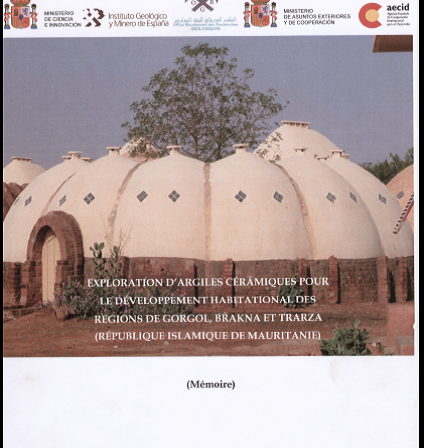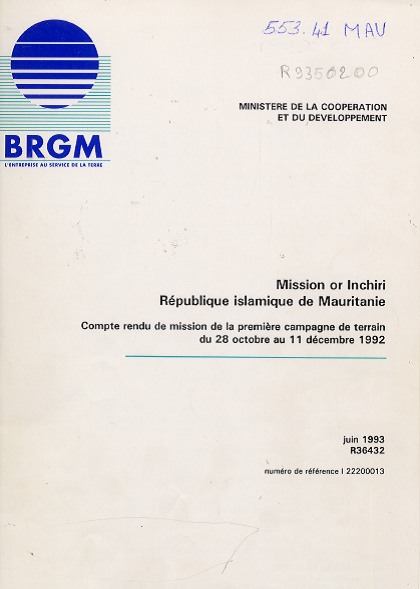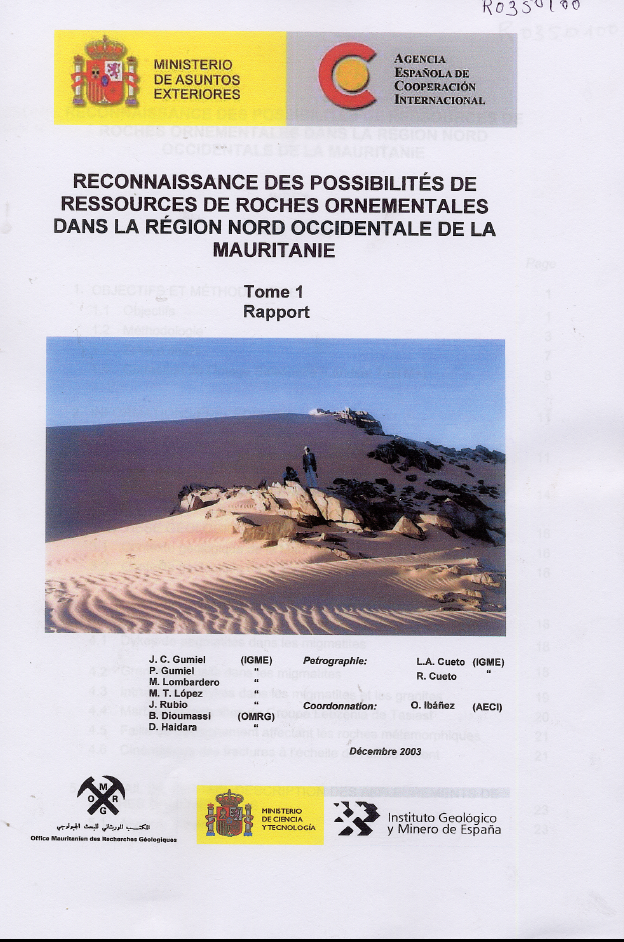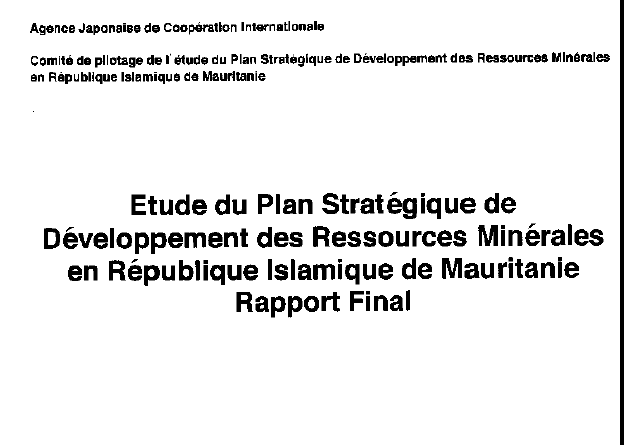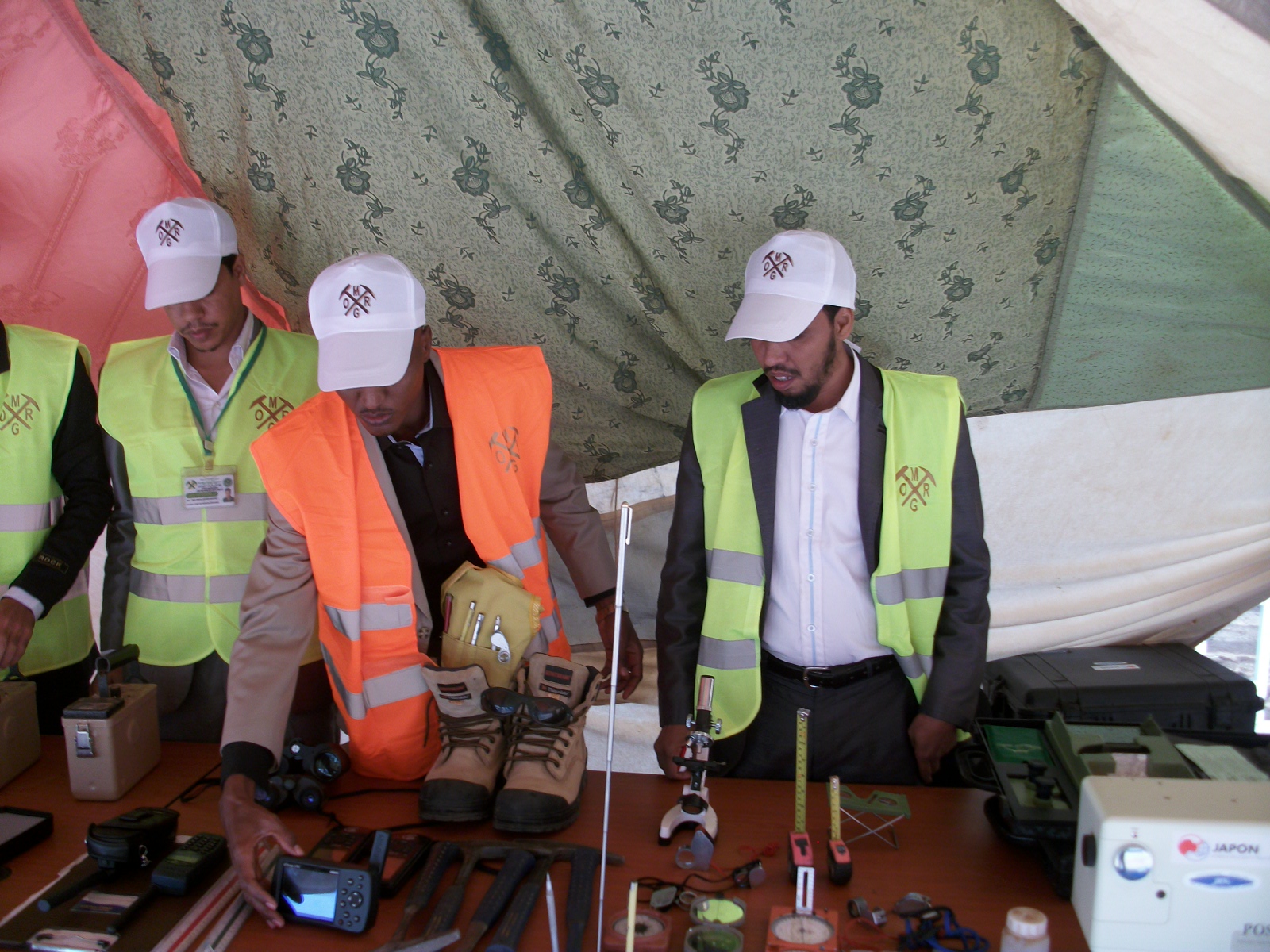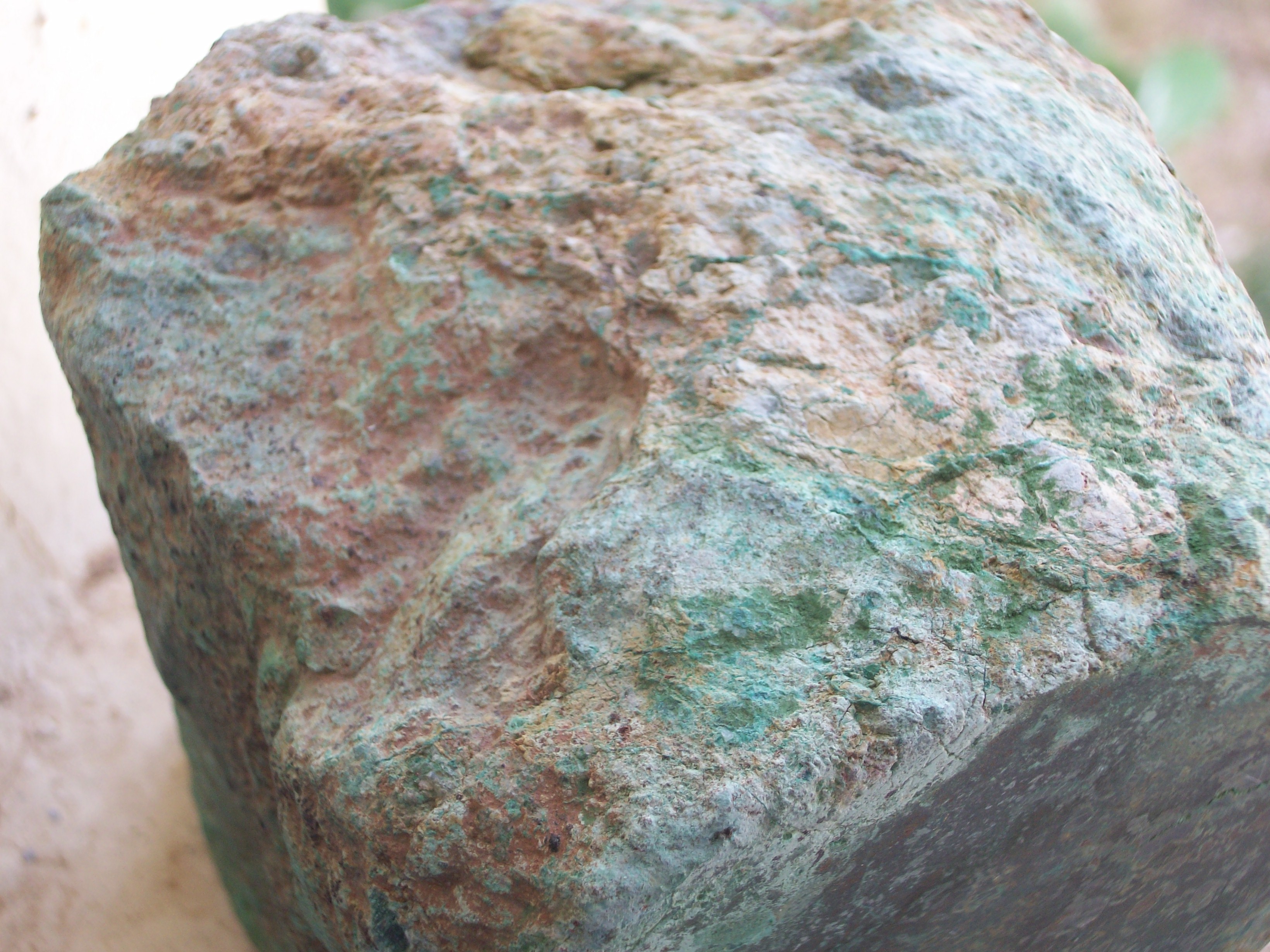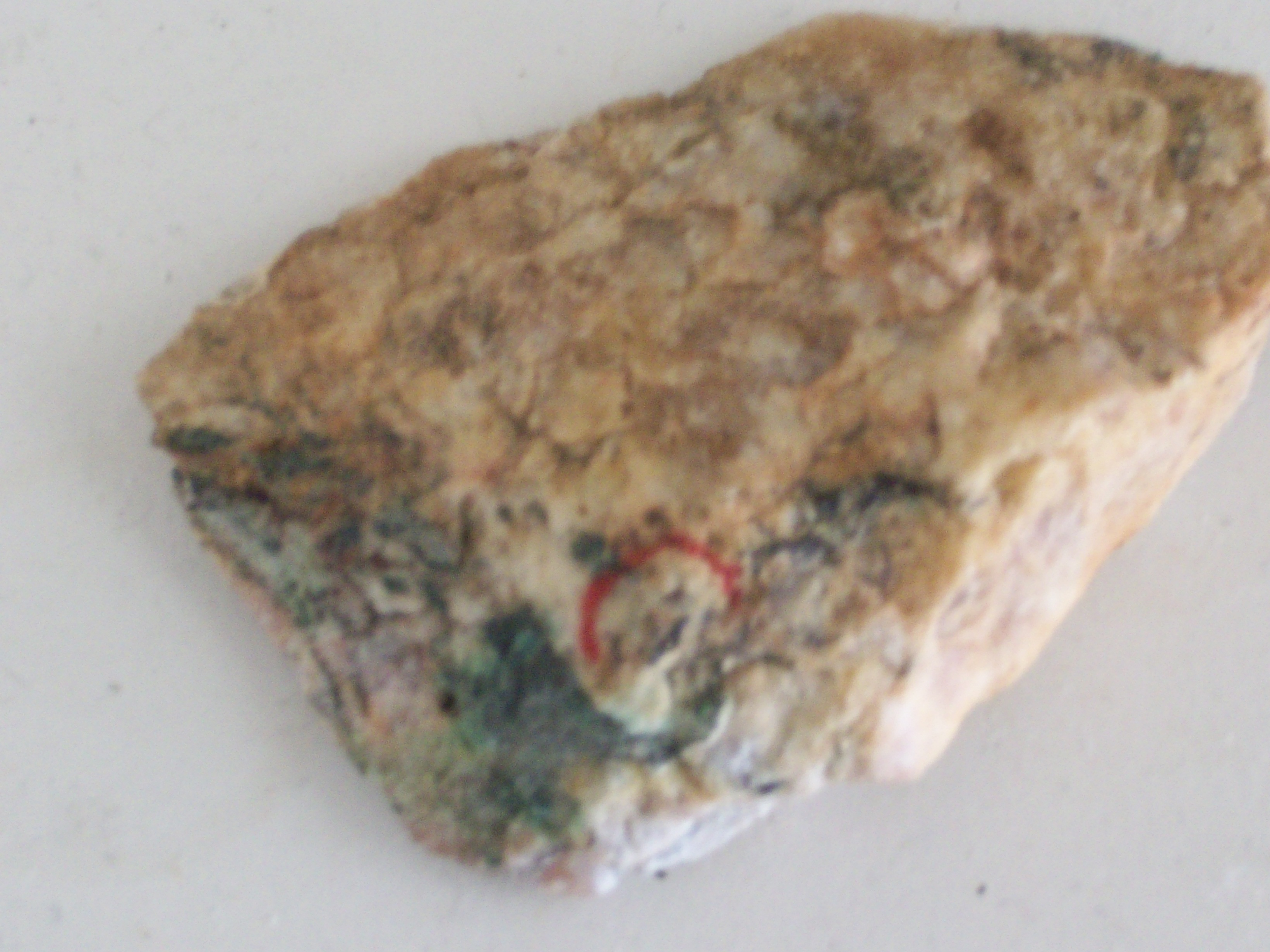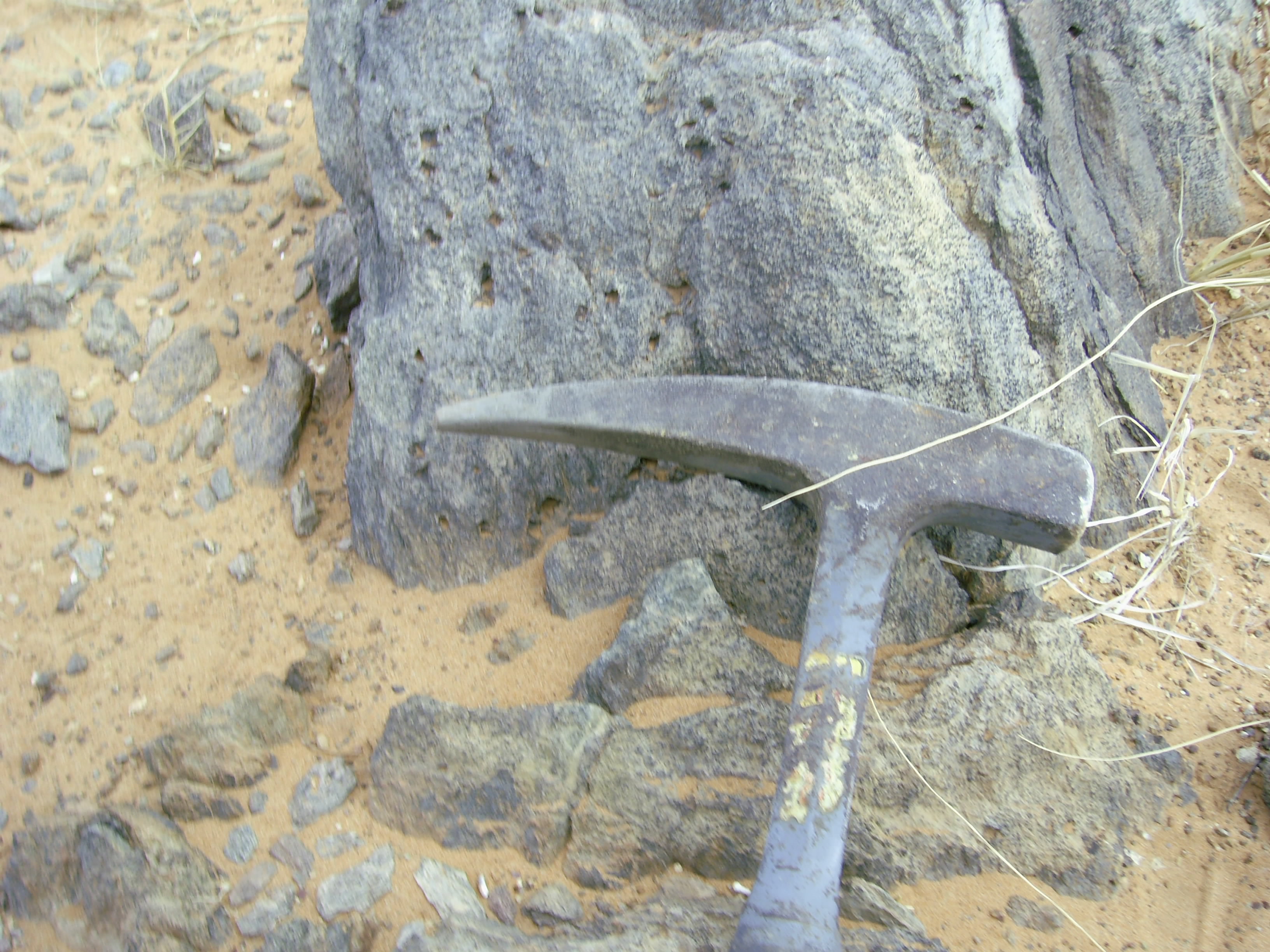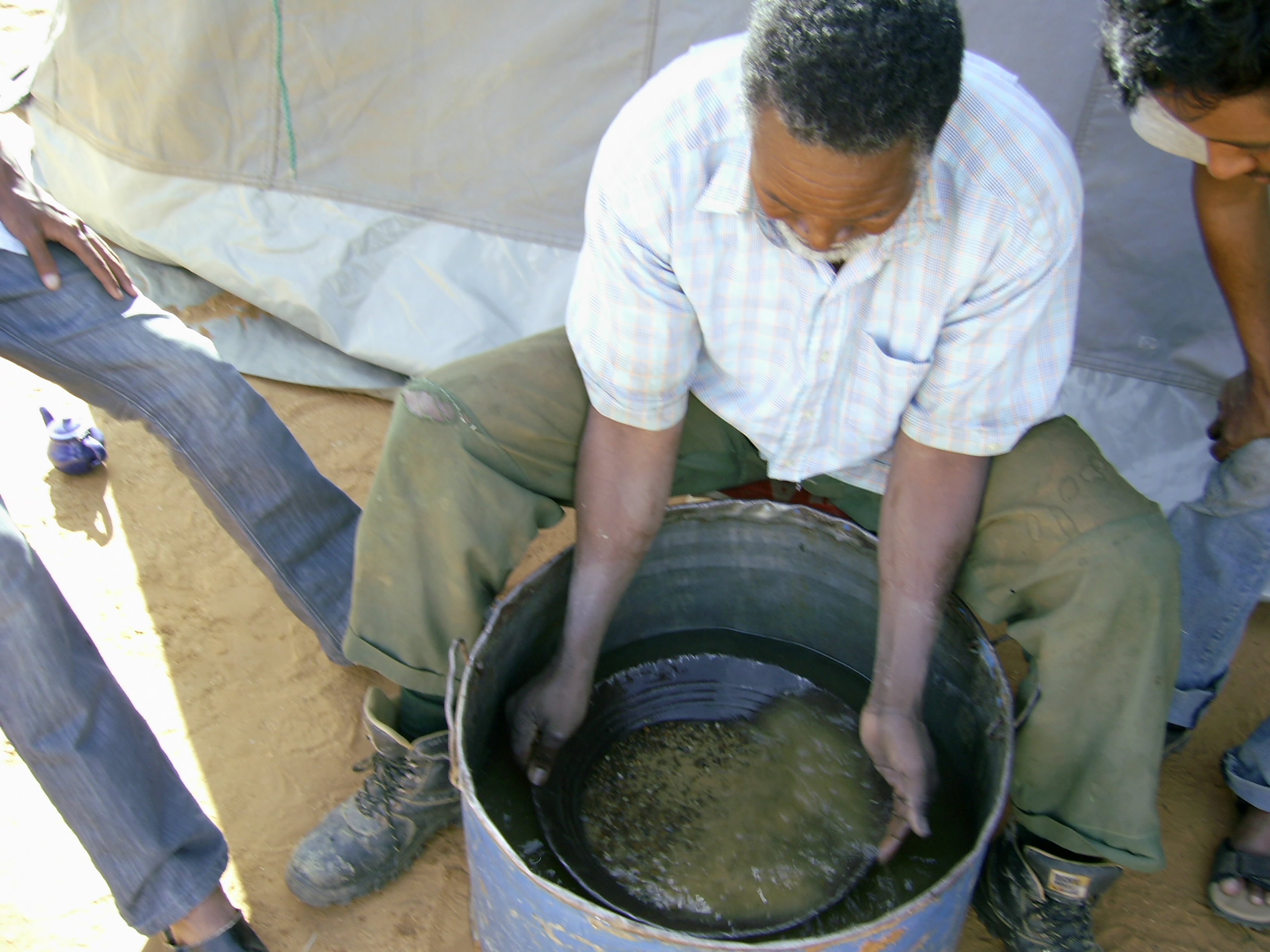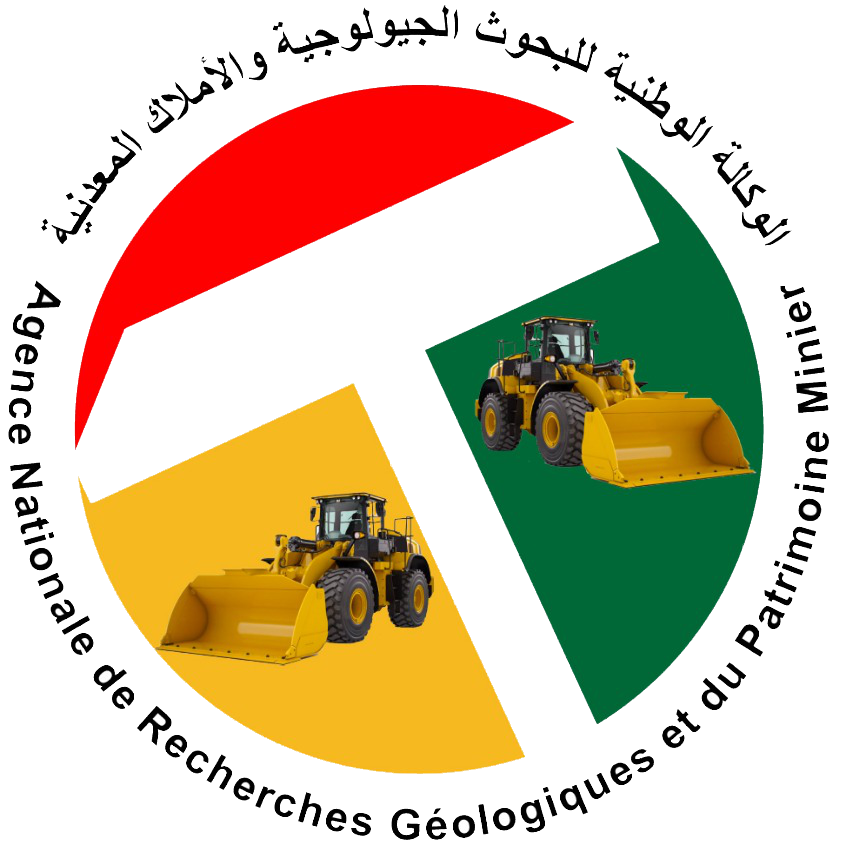
Development of Promotional Areas
Definition of promotional areas:
Law 2012-014 of February 22, 2014 defines the promotional area as follows:
Article 35 (new): For the purpose of rational management of mining potential, promotional zones and special zones may be instituted.
"Promotional zone means any zone established by the Government in which a national public organization will conduct exploration and prospection, for a limited period, for the purpose of mining industry promotion in Mauritania. Results of such work are made available to the relevant public, in accordance with legal provisions.
“The promotional zone is decreed by the Minister for an area not exceeding 5,000 km², the layout of which should be compliant to the cadastral scale, with a three (3) year lifespan maximum. Only two (2) promotional zones could be provided simultaneously.
Previous promotional areas:
OMRG has been granted the following promotional areas in the past:
- From 2002: Sfariates: Sfariat area is bordering Tasiast, providing it with some special interest in former Tasiast results. After comparative geological surveys, OMRG conducted further campaigns, from 2001 to 2005, yielding discovery of several gold evidence, the trenches around having not fully evidenced gold strains.
Further work is needed to clarify pending questions.
Promotional debriefing workshops on this area were organized by OMRG in 2004
- From 2012 to 2014: Agane and Zadness: Debreifing promotional workshops on these areas were organized by OMRG on February 2, 2015. Les journées promotionnelles de restitution de ces deux zones ont été organisées par l’OMRG le 2 février 2015.
Documents of promotional areas are available at ANARPAM.



